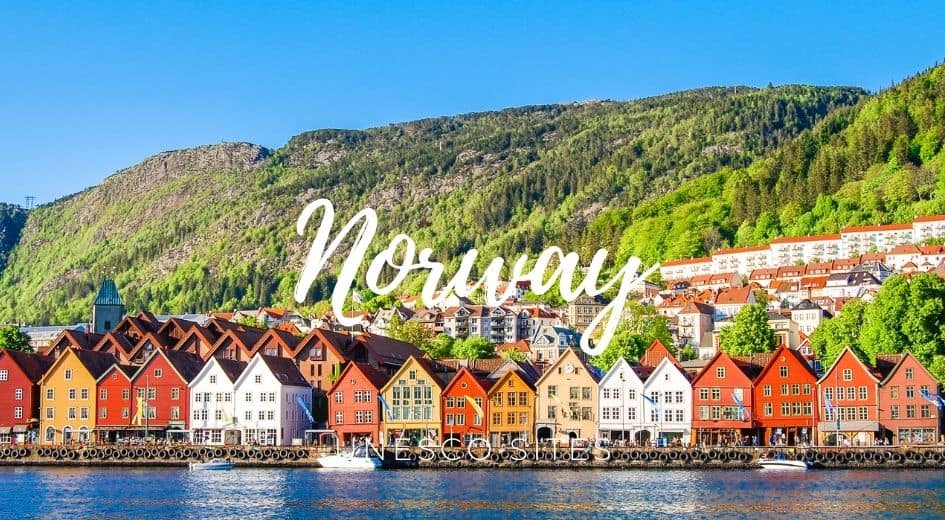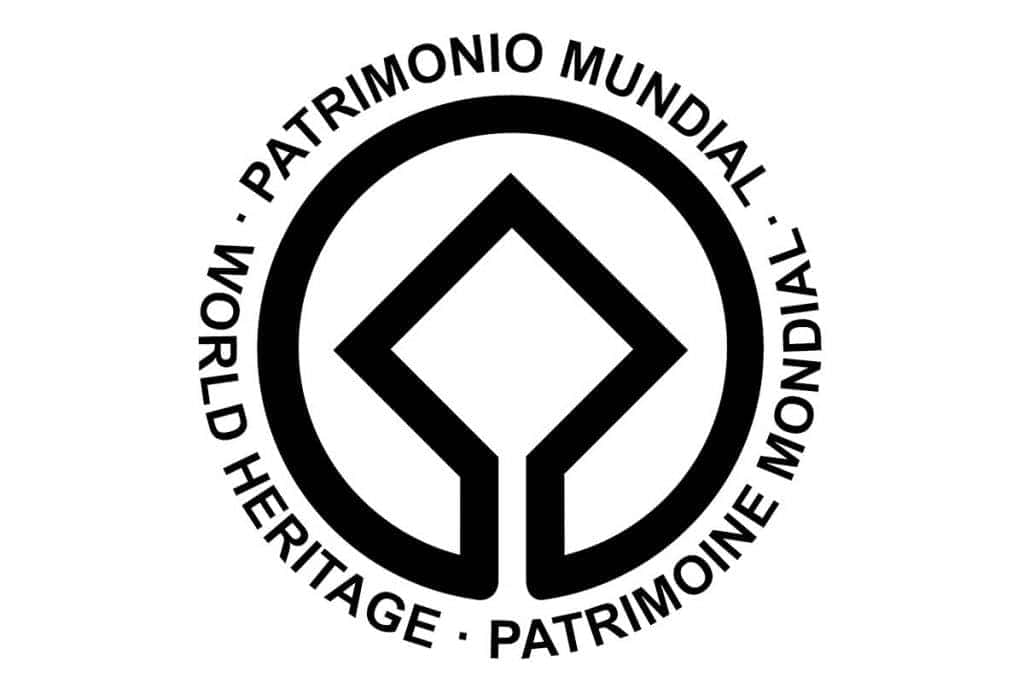Table of Contents


Norway UNESCO has registered 8 sites on the World Heritage list and 5 on the tentative list.
Some places are so interesting that it’s relevant to keep them for future generations. This is why UNESCO has built a list of crucial classified properties in which superb places stand out for their aesthetic, natural, artistic, or cultural significance.
More than a thousand places are registered as Unesco’s World Heritage worldwide. Due to my interest in visiting World Heritage sites, I compiled the UNESCO list in Norway and the corresponding map.
Norway UNESCO list
- Bryggen
- Rjukan-Notodden Industrial Heritage Site
- Rock Art of Alta
- Røros Mining Town and the Circumference
- Struve Geodetic Arc
- Urnes Stave Church
- Vegaøyan – The Vega Archipelago
- West Norwegian Fjords – Geirangerfjord and Nærøyfjord
Norway UNESCO Map
Click on the blue pins to view more relevant information about each World Heritage site in Norway.
Description
- Bryggen: is a historic wharf located in Bergen, Norway. It is recognized as a UNESCO World Heritage Site and is known for its well-preserved wooden buildings dating back to the 18th century.
- Rjukan-Notodden Industrial Heritage Site: is a UNESCO World Heritage Site in southern Norway. It is known for its well-preserved industrial heritage, including the Rjukan hydroelectric power plant and the Notodden ammonium nitrate factory.
- Rock Art of Alta: is a UNESCO World Heritage Site in northern Norway. It is known for its well-preserved rock carvings dating back to the Neolithic period.
- Røros Mining Town and the Circumference: is a UNESCO World Heritage Site in central Norway. It is known for its well-preserved mining town, which dates back to the 17th century, and the surrounding cultural landscape.
- Struve Geodetic Arc: is a series of survey triangulations that stretches from Norway to the Black Sea, passing through ten countries, including Norway. It was used in the 19th century to measure the size and shape of the earth and is recognized as a UNESCO World Heritage Site.
- Urnes Stave Church: is a UNESCO World Heritage Site in western Norway. It is known for its well-preserved wooden architecture, which dates back to the 12th and 13th centuries.
- Vegaøyan – The Vega Archipelago: is a UNESCO World Heritage Site off northern Norway’s coast. It is known for its unique cultural landscape, characterized by the tradition of eider-down harvesting.
- West Norwegian Fjords – Geirangerfjord and Nærøyfjord: a UNESCO World Heritage Site located in western Norway. It is known for its impressive fjord landscapes, characterized by cliffs, waterfalls, and rugged terrain.
UNESCO World Heritage Sites in Norway have protected places for their cultural and natural importance.
Sites on the Tentative List
- The Laponian Area – Tysfjord, the fjord of Hellemobotn and Rago (extension)
- The Lofoten islands
- Svalbard Archipelago
- Islands of Jan Mayen and Bouvet as parts of a serial transnational nomination of the Mid-Atlantic Ridge system
- Viking Monuments and Sites / Vestfold Ship Burials and Hyllestad Quernstone Quarries


